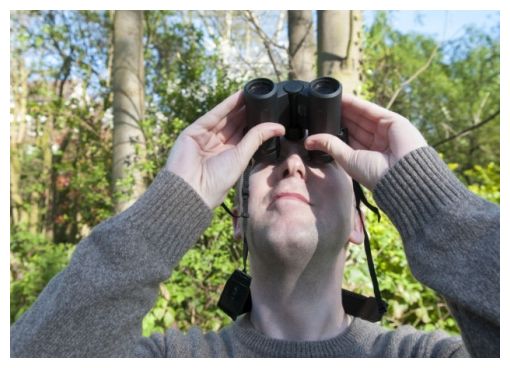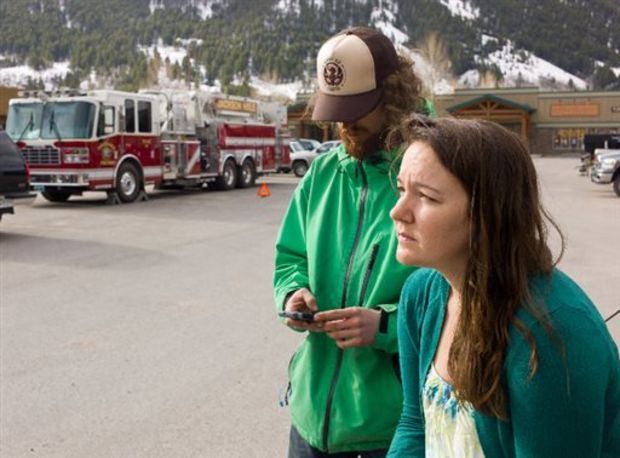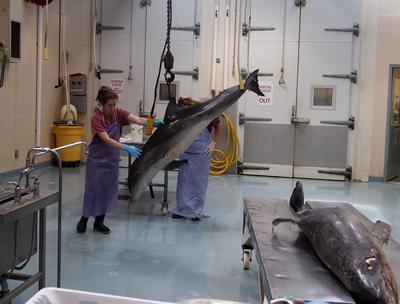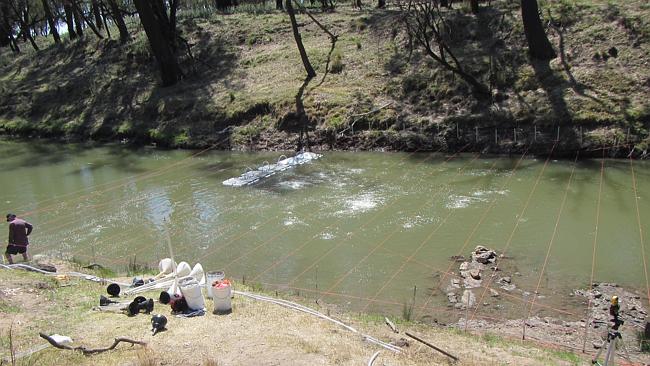
© Nigel SuttonWill Wheatcroft heard another loud bang on Monday night at 10pm.
Noise experts are scratching their heads over mysterious "explosions" in Highgate - after dozens of residents reported hearing
another loud bang this week.
People living in the Shepherd's Hill and Archway Road area of Highgate said they heard a loud explosion noise - similar to a bomb or gas explosion - just
before 10pm on Monday.
Last week, the Ham&High reported that residents in Highgate have been hearing the loud booming sounds for about 18 months.
Officers from Haringey Council's noise team are investigating but the local authority has been left baffled by the phenomenon.
Will Wheatcroft, 31, said he heard the latest "very loud explosion" while sitting on the sofa with his fiancée Stephanie in his Stanhope Road home.
"Really it sounded like a car bomb or a gas explosion," he said. "It made us turn around and say, 'What the hell was that?'
"I expected to hear sirens a few minutes afterwards, but there weren't any. After reading the Ham&High, I can now understand why, because it happens a lot."
Residents in Muswell Hill and Crouch End have also reported hearing the noises, that are said to be so loud they shake the foundations of their homes.
One Twitter user reported hearing another loud bang on Tuesday night at about 10pm in Crouch End. A couple in Priory Gardens, Highgate, have contacted Haringey police about the sounds.



Comment: Kids with bangers?
As usual the authorities have no clue what they're dealing with. Based on similar reports pouring in from across the US, these booms are probably either seismic or cosmic in nature.